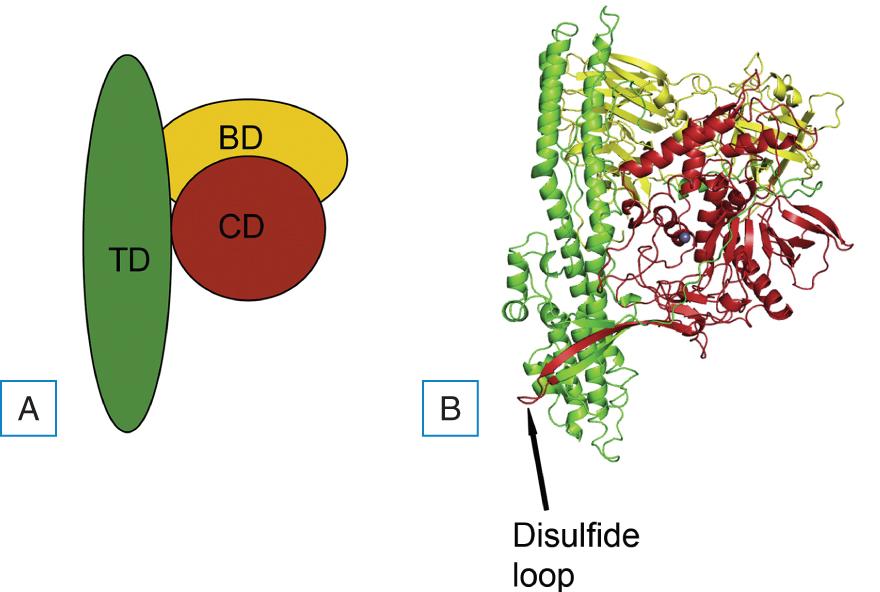Physical Address
304 North Cardinal St.
Dorchester Center, MA 02124
Botulinum neurotoxin E is one of seven botulinum neurotoxin serotypes.
Botulinum neurotoxin E has the fastest onset and shortest duration of action compared to any of the botulinum neurotoxin serotypes.
Botulinum neurotoxin E is not currently approved for clinical use, although there are several studies highlighting its potential therapeutic and cosmetic benefits.
Botulinum neurotoxin E’s fast onset and short duration of action may be more appropriate for patients desiring rapid results or those wanting to experiment with the clinical and cosmetic effects of botulinum neurotoxin before making a longer-term commitment.
Previous studies note that treatment effect may appear as early as 24 hours, while treatment duration ranges from 2 to 4 weeks depending on the dose.
Current data suggest that botulinum neurotoxin E may be dose dependent, with increasing therapeutic improvement noted at increasing doses.
Larger investigational studies are needed to support the future clinical use of botulinum neurotoxin E with regard to efficacy and safety.
Botulinum neurotoxins (BoNTs) are produced by the Clostridium bacterial genus, which are gram-positive, anaerobic, spore-forming bacilli. There are seven botulinum neurotoxin serotypes, distinguished by letters A through G and each of these has several additional subtypes, which are further differentiated with a number. Serotypes differ by amino acid sequence, with each serotype exhibiting up to a 70% difference in the amino acid arrangement. A further division within serotypes is determined by a 2.6% difference or more among amino acids. Botulinum toxin E (BoNT E), for example, has six subtypes characterized as BoNT E1 to E6. Subtle changes in amino acids may invoke significant differences in biologic properties, including structure and function, and thus pharmaceutical effect. Currently, botulinum toxins A and B are the most commonly used serotypes for medical therapy. BoNTs may be used to treat various conditions, including, but not limited to blepharospasm, strabismus, dystonia, migraines, and autonomic hyperactivity, which may involve hyperhidrosis, hypersalivation, or urinary incontinence secondary to detrusor overactivity. BoNTs’ ability to induce temporary paralysis of muscles via inhibition of acetylcholine release at the neuromuscular junction has proven particularly useful in the field of dermatology for the treatment of rhytides or wrinkles. In 2002, BoNT A was FDA approved for the treatment of glabellar lines. In 2013 and 2017, the therapeutic use of BoNT A was extended to the treatment of lateral canthi and forehead rhytides, respectively. Therapeutic use of other serotypes, particularly BoNT E, has been under investigation in recent years. Compared to BoNT A, BoNT E has both a shorter onset (about 24 hours) and duration (2 to 4 weeks) of therapeutic effect, a quality that may be preferred among certain patients and for treatment of certain conditions. This chapter will discuss the biologic properties, mechanism of action, and potential therapeutic uses for BoNT E.
BoNTs are initially produced as single-chain, inactive 150 kilodalton (kDa) proteins. Neurotoxins are later activated via endogenous or exogenous protease nicking, ultimately forming a di-chain polypeptide. Activated neurotoxins consist of one heavy chain (100 kDa) and one light chain (50 kDa) that remain connected via a single, non-covalent disulfide bond as well as a “belt” or “loop,” which refers to the part of the heavy chain that wraps around the light chain. BoNTs are deemed AB toxins, with the A and B subunits corresponding to the heavy and light chains, respectively. Unlike BoNT A, BoNT E does not have endogenous proteases and must be activated via exogenous proteases, such as trypsin. Previous reports note roughly a 100-fold increase in toxicity of BoNT E after protease nicking and formation of a di-chain polypeptide, suggesting cleavage is a notable component of the neurotoxin activation process.
BoNTs consist of three domains and roughly 1300 amino acids, although BoNT E is reportedly the smallest neurotoxin with only 1251 amino acid residues. The three domains, each about 50 kDa, are termed the binding, translocation, and catalytic domains (see Fig. 8.1 A and B), and each is crucial to BoNT toxicity. The binding and translocation domain make up the heavy chain, specifically HN and HC or the amino acid- and carboxy-terminals, respectively. The catalytic domain corresponds with the N-terminal of the light chain. The heavy chain is responsible for binding and internalization of the neurotoxin, while the light chain represents the enzymatically active component, acting as a metalloprotease that cleaves target proteins, ultimately inhibiting pre-synaptic vesicle fusion and acetylcholine release. It is the reduction of the disulfide bonds that allows for metalloprotease activity.

Arrangment of the three domains differs between neurotoxin serotypes. For BoNTs A and B, the binding and catalytic domains sit on opposite sides of the translocation domain and there is no interaction between the three domains. This is in contrast to BoNT E, which has the binding and catalytic domains on the same side of the translocation domain. This allows for interaction between all three domains, each sharing a border with the other two. Additionally, the amino acid terminal of the heavy chain, or the “belt region,” that surrounds the light chain, is restricted between binding and catalytic domain. Given the unique arrangement of domains, BoNT E is distinctively globular. This differs from the typical linear structure that is seen with BoNT A and B and may contribute to BoNT E’s faster onset of action.
Become a Clinical Tree membership for Full access and enjoy Unlimited articles
If you are a member. Log in here